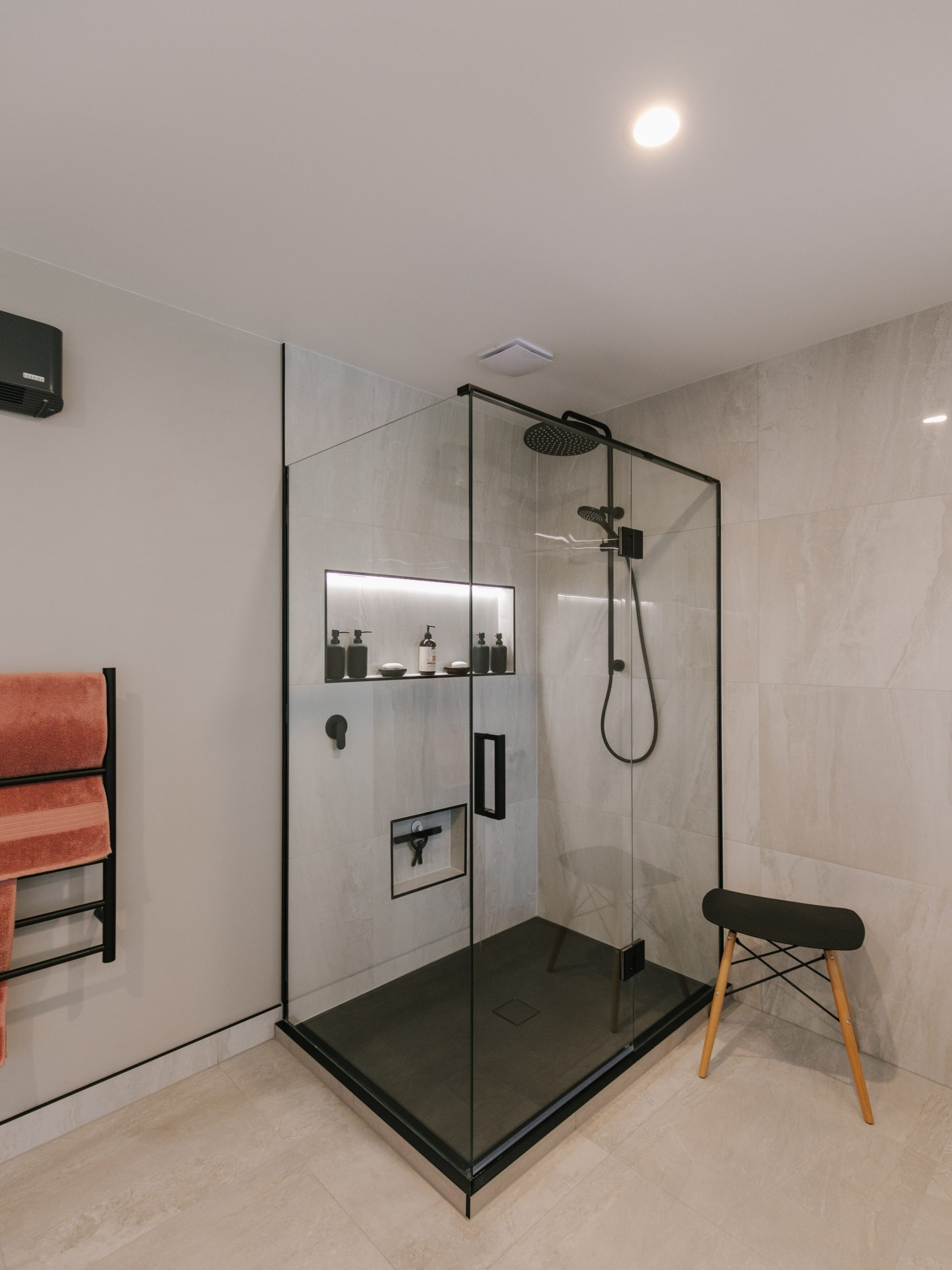Renovating your bathroom is a thrilling journey, offering you an opportunity to transform a simple functional space into a personal sanctuary. One of the key aspects of any bathroom renovation is the choice and installation of tiles. Whether it’s the floor, the shower, or a stylish backsplash for your vanity, tiling can significantly enhance the aesthetics and functionality of your bathroom. Here’s a guide to the basics of tiling for anyone diving into a bathroom renovation.
1. Understanding Different Tile Types
Ceramic Tiles: These are the most common choice for bathrooms. They’re durable, water-resistant, and relatively easy to install. Made of clay and then glazed, they offer a wide variety of colours and designs.
Porcelain Tiles: More refined than ceramic, porcelain tiles are fired at higher temperatures, making them more dense, less porous, and thus more water-resistant.
Stone Tiles: Marble, granite, limestone, and slate fall into this category. Each has its unique texture and appearance, offering a touch of luxury and nature.
Glass Tiles: Often used as accent pieces or in mosaics, glass tiles are resistant to stains and moulds.
2. Picking the Right Size and Shape
When selecting tiles, it’s not just about the material. The size and shape can dramatically affect the look and feel of your bathroom. Large tiles can make a small bathroom appear bigger, while smaller tiles can add texture and intricacy. Trendy shapes like hexagons or herringbones can also add a unique touch.

3. The Importance of Grout
Grout is the material that fills the spaces between your tiles. Its colour can either contrast or complement your tiles, affecting the overall design. But more importantly, grout seals the spaces to prevent water seepage, so make sure to choose one that’s waterproof and mould-resistant.
4. Waterproofing is Key
Before tiles are laid, it’s essential to waterproof the bathroom to meet the required building code, especially areas around the shower or bathtub. Waterproofing is typically done using a waterproof membrane, ensuring water doesn’t seep behind the tiles and damage the substrate or create mould issues.
5. Setting the Right Slope
In areas like the shower, the floor needs a slight slope towards the drain. This ensures that water drains efficiently, preventing stagnation. Your tiler or contractor should handle this aspect, but it’s good to be aware of its importance.
6. Consider Maintenance
Some tiles, like those made of natural stone, might require sealing to keep them water-resistant. Additionally, understanding the maintenance requirements of your chosen tile can help them look fresh for years. For instance, textured tiles might collect more grime and require more frequent cleaning.
7. DIY or Professional?
While tiling might seem like a task you could take on, it’s often trickier than it appears. A professional will ensure that the tiles are laid evenly, that the patterns align correctly, and that there are no gaps that could lead to water damage. Especially in a bathroom where precision is crucial, hiring a professional might be a wise investment.
8. Budgeting for Tiles
Tiles can vary widely in price, from very affordable ceramic options to luxurious natural stone. It’s crucial to set a budget beforehand and consider not just the cost of the tiles but also the installation, grout, sealants, and any other associated costs.
Tiling is both an art and a science. It combines the aesthetic choice of materials and designs with the practical necessity of waterproofing and durability. As you embark on your bathroom renovation journey, understanding the basics of tiling will ensure that you make informed decisions leading to a beautiful and lasting finish. Whether you opt for a minimalist look with large, monochrome tiles or a vibrant, intricate design with mosaics, the right tiling can transform your bathroom into a spa-like retreat.
